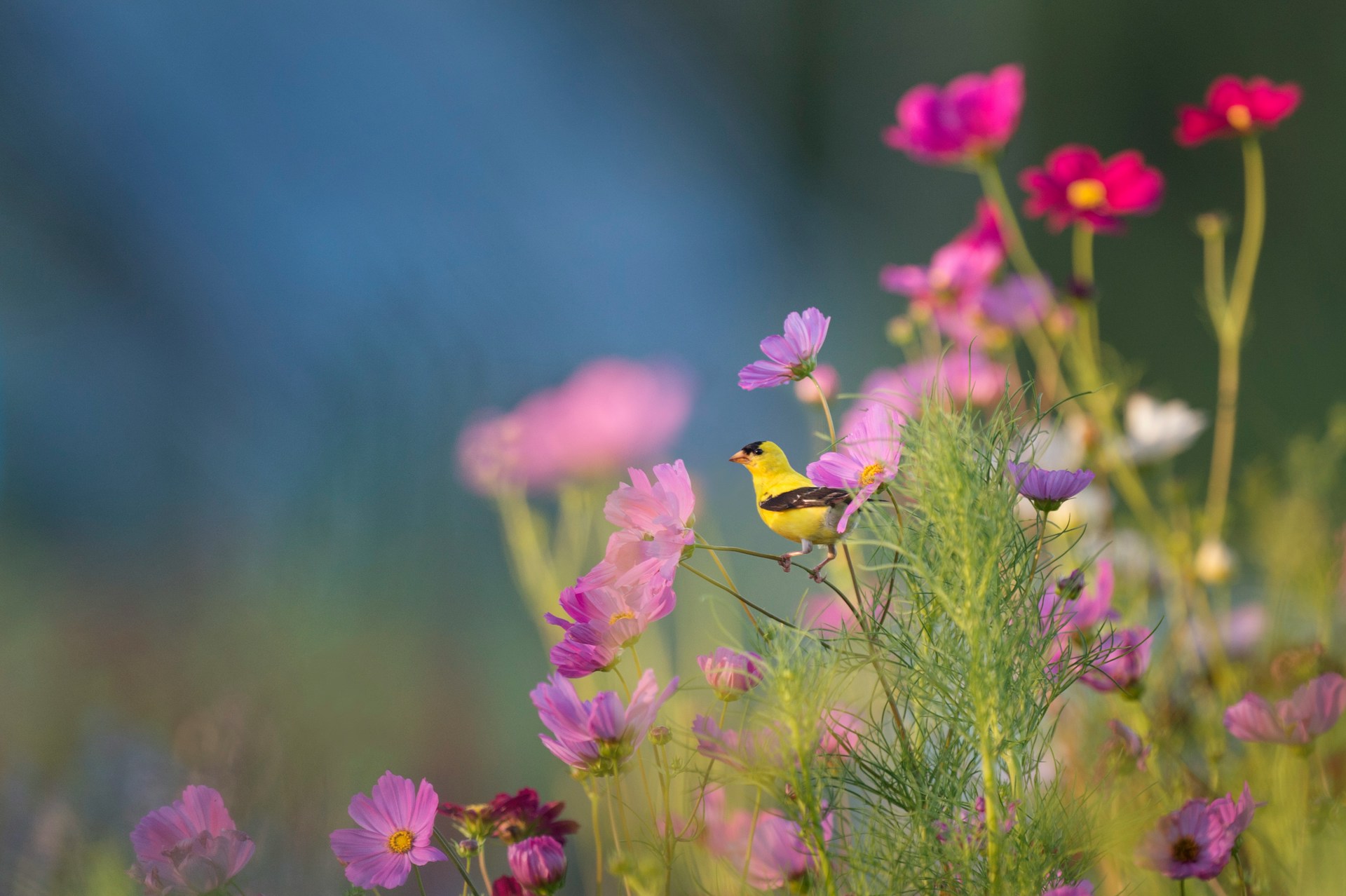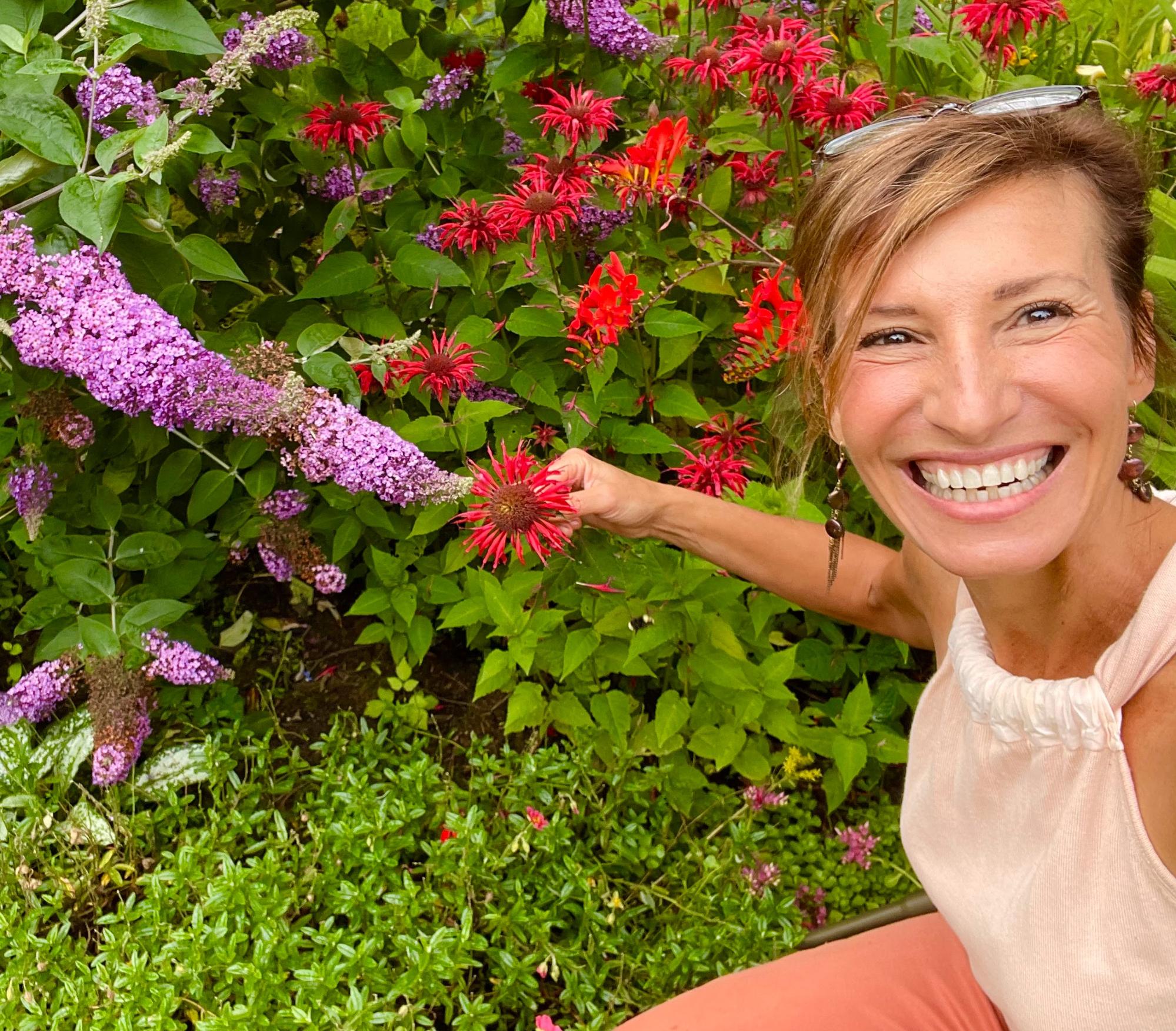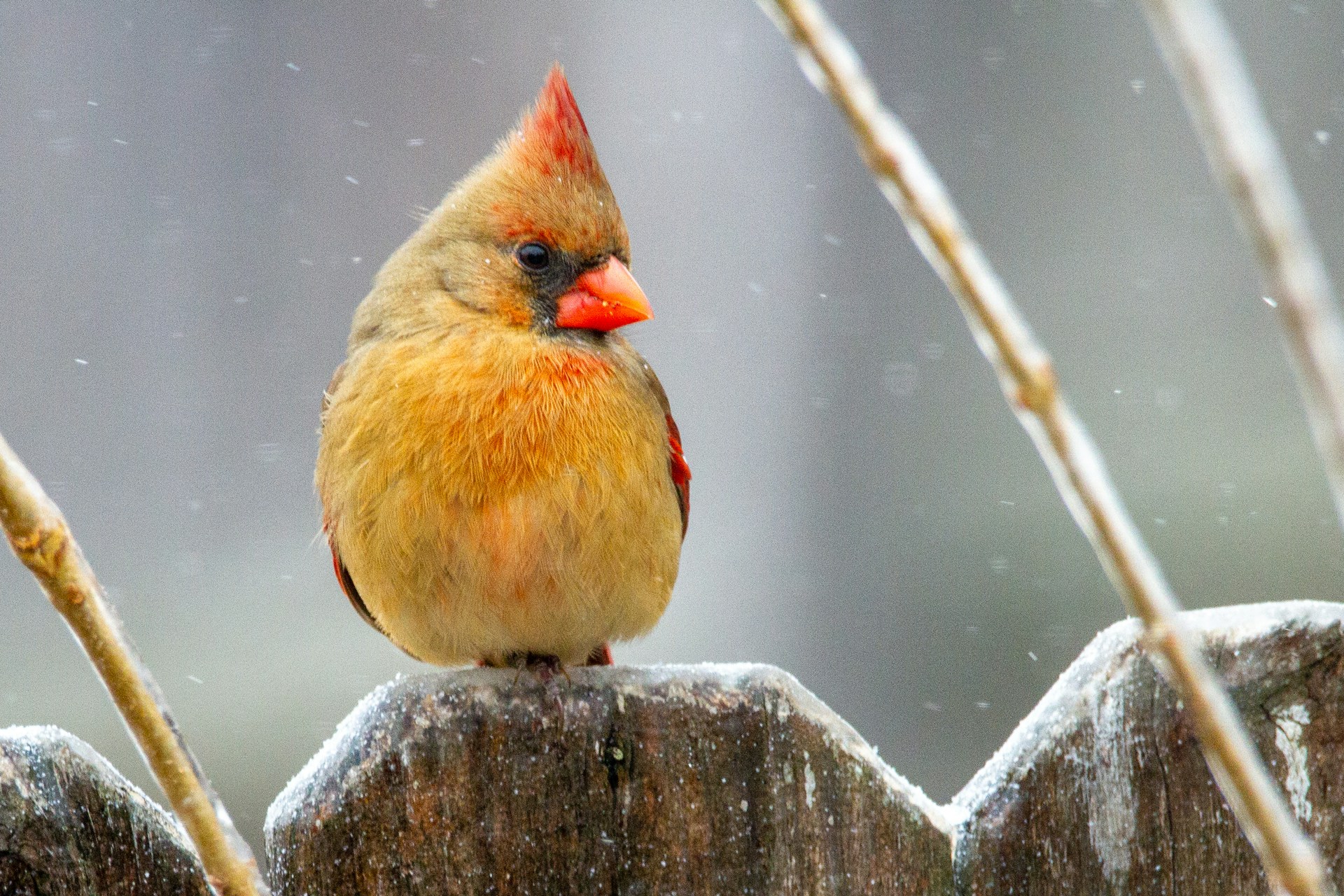
The Research
Published in the journal Scientific Reports, the research team tracked bird encounters over the course of two weeks that were experienced by 1,292 participants from the UK, Europe, US, China, and Australia through a smartphone app.1 People were asked at random intervals to note how they were feeling, such as if they felt happy or stressed, could hear birdsong, or whether they saw trees nearby.
For those who were exposed to traffic noise, there was a significant uptick in depression and anxiety. However, when participants saw or heard birds, their mental well-being scores increased — even in those who had been diagnosed with depression. This is an important point as Andrea Mechelli, professor of early intervention in mental health at King’s College London, notes “Interventions that help so-called ‘healthy people’ don’t work for individuals with mental health issues … [and it is] incredibly challenging to motivate someone with depression to exercise. Whereas contact with bird life is something that, perhaps, is feasible.”2
Another study at the California Polytechnic Institute in San Luis Obispo found that hikers who were exposed to birdsong played over a speaker along the trail reported a greater sense of well-being than those who weren’t.
“We’re such visual animals that we discount this modality of sound that we have,” said Cal Poly biology Professor Clinton Francis, who oversaw the research. “I’m still kind of flabbergasted that only 7-10 minutes of exposure to these sounds improved people’s well-being. It really underscores how important hearing is to us and probably to other animals.”4
In light of these findings, researchers emphasize the importance of supportive environments, particularly in urban spaces, where bird populations can thrive. To do this, you need trees, bushes, plants, water — essentially a complete ecosystem. But creating such an environment isn’t as daunting as you may think. Below are several ways you can help cultivate a bird-friendly area — whether you live in a city, the suburbs, or out in the country.

Designing a Bird Haven, Big or Small
With bird habitat loss reaching alarming levels, each of us can do our part to provide a sanctuary so they can rest and have an abundant source of food — even if you don’t have a yard. A patio or balcony is perfect for growing a native plant container garden to support our feathered friends day-to-day and during migration. For those with more space, you can create “habitat layers”, which include large canopy trees, shrubs, herbaceous plants, and decaying leaves and/or wood to encourage insects and caterpillars. Both are a favorite food of birds and their young offspring.
It is important to focus on native plants as they will “provide a good variety of food throughout the year for nesting, migrating, and wintering birds.”3 These plants generally are overflowing with nutritious insects, berries, nectar, and seeds. They also supply vital refuge. The Audubon Society lists the following plants as particularly helpful:
For Attracting Bugs: Trees such as oaks, willows, birches, and maples. Goldenrod, milkweed, and sunflowers are outstanding for encouraging insect and caterpillar populations.
Fruit: Serviceberry and cherry for breeding season and summer; dogwood and spicebush for migrating birds; cedar and holly trees for the cold season.
Nuts and Seeds: Oak, hickory, and walnut trees provide important fat and protein-rich food that can be stored for winter by birds. Native sunflowers, asters, and coneflowers produce abundant tiny seeds.
Nectar: To attract hummingbirds, columbine, penstemon, and honeysuckle are excellent choices. Flowers in the aster family (coneflowers, asters, Joe-Pye weed) attract butterflies, moths, and bees, while also providing seeds for birds.
Don’t forget to include a water element, such as a hollowed-out boulder to catch rainwater or a traditional birdbath. Fountains are also attractive to birds. If you have an outdoor cat, a breakaway collar with a bell will help to protect bird populations.
How to Identify Any Bird, Anywhere
Have you ever seen a bird you couldn’t identify, but really wished you could? What if I told you that by practicing a few simple techniques regularly, you could solve any bird mystery —anytime, anywhere!
My friends over at Bird Mentor — who have created innovative courses to transform your relationship to birds and nature — are running a BIG SALE on their engaging 8-Day course, Identify Any Bird Anywhere.
It’s 60% off right now.
If you’ve been looking for a way to deepen your connection to birds, expand your sense of belonging to the natural world, and take your bird identification skills to the next level — this course is for you! After completing the training, you will:
- Know exactly what to focus on when you see a new bird.
- Be able to fully utilize your new birding skills as if it were second nature.
- Know how to get close to birds without causing them to fly away each and every time.
- Gain confidence with your new skill set — and be able to teach those around you.
But that’s not all — you will learn so much more with this fascinating and immensely practical course. Tap the link below to take advantage of their special offer today!
Nicole Apelian
References
- Stobbe, E., Sundermann, J., Ascone, L., & Kühn, S. (2022). Birdsongs alleviate anxiety and paranoia in healthy participants. Scientific reports, 12(1), 16414. https://doi.org/10.1038/s41598-022-20841-0
- “Bird and birdsong encounters improve mental health, study finds” David Batty, The Guardian, https://www.theguardian.com/environment/2022/oct/27/bird-birdsong-encounters-improve-mental-health-study
- “How to Make Your Yard Bird-Friendly” The Audubon Society. https://www.audubon.org/news/how-make-your-yard-bird-friendly-0
- “Feeling Good On Your Hike? It Might Be the Birds, Cal Poly Study Finds” Cal Poly News. https://www.calpoly.edu/news/feeling-good-your-hike-it-might-be-birds-cal-poly-study-finds





